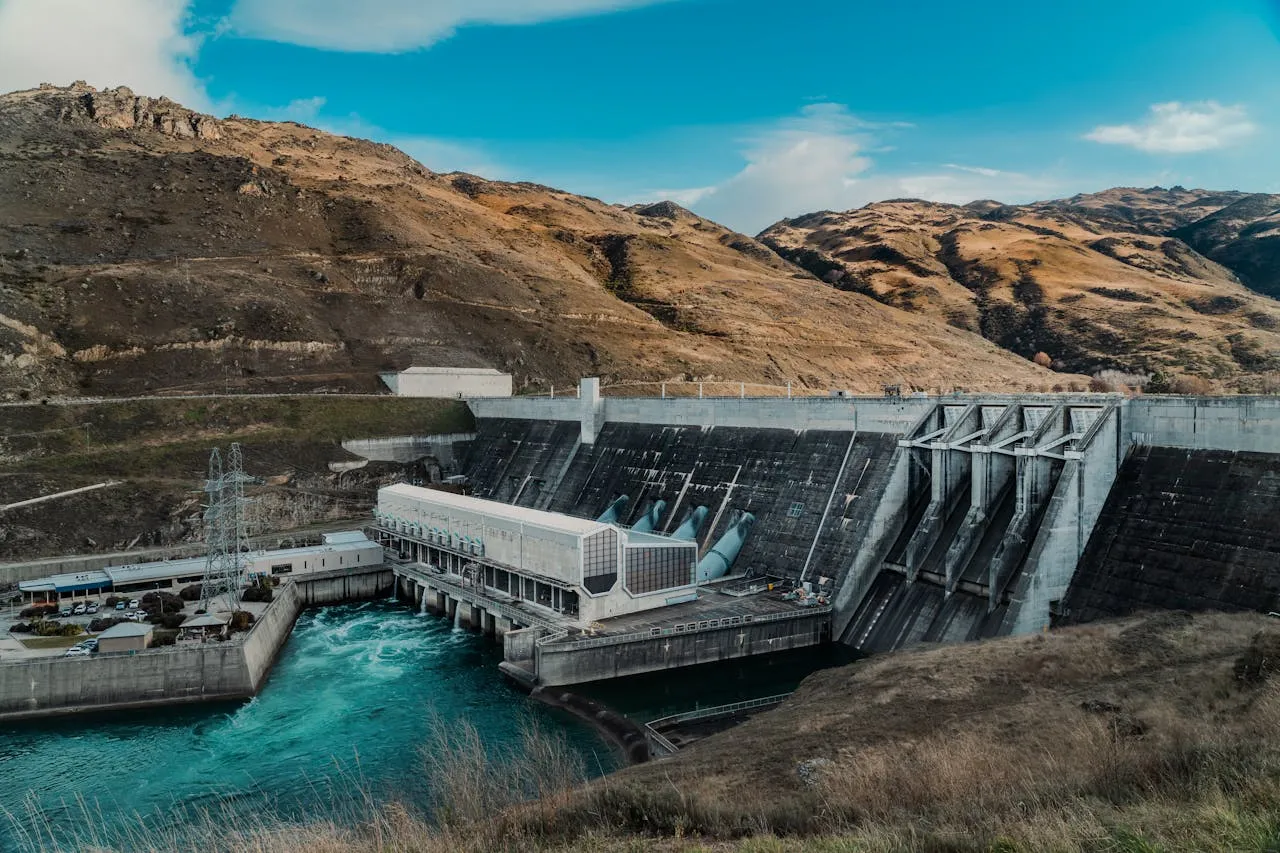
Nippon Otis Completes Elevator Modernization at Iconic Kurobe Dam Power Plant
Nippon Otis Elevator Company (Nippon Otis), a leading provider of elevator and escalator solutions in Japan and a subsidiary of Otis Worldwide Corporation (NYSE: OTIS), has successfully completed a major modernization project at the Kurobe River Fourth Power Plant. This hydroelectric facility, located in the heart of Toyama Prefecture, draws its power from the renowned Kurobe Dam—one of Japan’s most iconic and historically significant infrastructure landmarks.
A Legacy of Innovation and Infrastructure
Originally completed in 1963, the Kurobe Dam stands as one of Japan’s largest hydroelectric storage dams, playing a vital role in Japan’s post-war economic resurgence by delivering critical electricity supplies. Built in a deep mountainous region, the dam remains an engineering marvel and continues to support Japan’s renewable energy goals.
Otis’s connection to the region’s hydroelectric power infrastructure dates back even further—to 1937—when it first installed an elevator at the Kurobe River Third Power Plant. This legacy of contribution has continued for nearly nine decades, with Nippon Otis still maintaining several Otis elevators in the area to support the operational efficiency of various facilities connected to the dam.
“Nippon Otis has provided safe and reliable vertical transportation at Kurobe for nearly 90 years,” said Patrick Yeung, President of Nippon Otis. “The dam is not only a feat of engineering but also a symbol of resilience and progress. Our modernization project ensures that this critical infrastructure continues to serve its purpose efficiently, safely, and reliably in the years to come.”
Meeting the Challenges of Modernization in a Complex Setting
Modernizing an elevator at a hydroelectric power plant is no small feat, especially when that facility is situated in a remote, mountainous area with unique geographical and logistical hurdles. The modernization project at the Kurobe River Fourth Power Plant involved detailed pre-planning, adaptability, and technical innovation.
One of the most significant disruptions to the project was the unexpected impact of the 2024 Noto Peninsula earthquake. The natural disaster damaged transportation systems in the region, rendering the trolley train—originally intended for moving heavy equipment and construction materials—inoperable. As a result, the project team had to switch to an inclined railway system, which posed additional challenges due to its restricted cargo capacity.
Transporting heavy machinery, including a hoisting device, required the use of a gantry crane to lift and maneuver the equipment into place. The lack of conventional access routes demanded exceptional coordination and creative engineering solutions from Nippon Otis teams.
Adding to the complexity was the power plant’s remote location, which suffers from weak radio reception and limited internet connectivity. Communication between teams and with off-site resources was difficult, necessitating alternative solutions to maintain effective coordination throughout the project timeline.
Despite these obstacles, Nippon Otis was able to execute the modernization safely, within scope, and on schedule. The newly modernized elevator now ensures continued access and mobility within the plant, supporting both operations and maintenance tasks that are critical to the dam’s functionality.
Enhancing Infrastructure Through Smart Solutions
The modernization effort is a reflection of Otis’s broader strategy to leverage innovative technologies and smart solutions to upgrade aging infrastructure. In Japan, where much of the industrial infrastructure dates back several decades, such upgrades are essential for improving efficiency, reducing energy consumption, and enhancing safety.
Nippon Otis’s work at the Kurobe River Fourth Power Plant highlights its commitment not only to technical excellence but also to adaptability and service under challenging conditions. “Our team’s resilience and expertise were instrumental in navigating the unexpected challenges posed by both geography and disaster,” said Yeung. “This project is a testament to our company’s core values—innovation, safety, and customer focus.”
By modernizing the elevator system at the Kurobe facility, Nippon Otis has helped prolong the operational life of one of Japan’s most crucial energy assets. Moreover, the project ensures that essential personnel and materials can continue to move safely and efficiently within the hydroelectric plant—keeping the heart of the country’s energy system beating strong.




